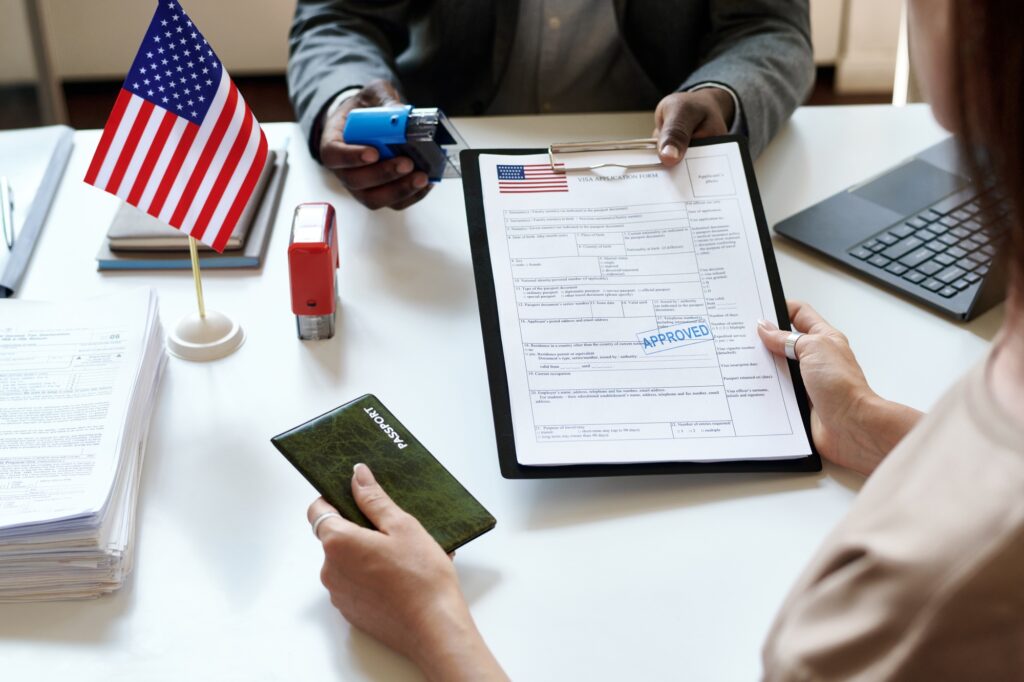Key Takeaways
- The U.S. Department of Homeland Security (DHS) and Department of Labor (DOL) announced an additional 64,716 H-2B visas for FY 2025, addressing workforce shortages in key industries.
- The policy fosters economic growth, ensures worker rights, and helps reduce irregular migration by providing legal pathways for temporary workers.
- Allocations cater to specific periods and include reserved quotas for Central American and Caribbean nationals.
- Robust protections are implemented to prevent worker exploitation and enforce compliance with labor laws.
When the U.S. government makes decisions that shape thousands of lives, it demands attention. This time, the Department of Homeland Security (DHS) and the Department of Labor (DOL) have issued an additional 64,716 H-2B visas for temporary workers. This is not merely policy; it’s a strategic response to workforce shortages, economic needs, and the persistent challenges of illegal migration.
Why Does It Matter?
H-2B visas are lifelines for industries like hospitality, landscaping, and seafood processing. Employers struggling to find domestic workers see these visas as their saving grace. But let’s not forget, each visa represents a person—a story of hope, ambition, and resilience.
Who Qualifies?
The additional visas are divided into four allocations:
- 44,700 are reserved for returning workers who held H-2B status in recent fiscal years.
- 20,000 are earmarked for nationals of Central American and Caribbean countries such as Guatemala, Haiti, and Honduras.
Safeguards and Protections
A key highlight of the policy is its emphasis on worker rights. For the first time, employers with labor law violations will face heightened scrutiny. This marks a crucial step toward equity and fairness for all participants in the program.
The Road Ahead
So, what does this mean? These visas are more than a technical fix; they’re a bridge connecting U.S. economic demands with the aspirations of migrant workers. This bold move shows that real problems require real solutions—rooted not in rhetoric but in thoughtful action.










